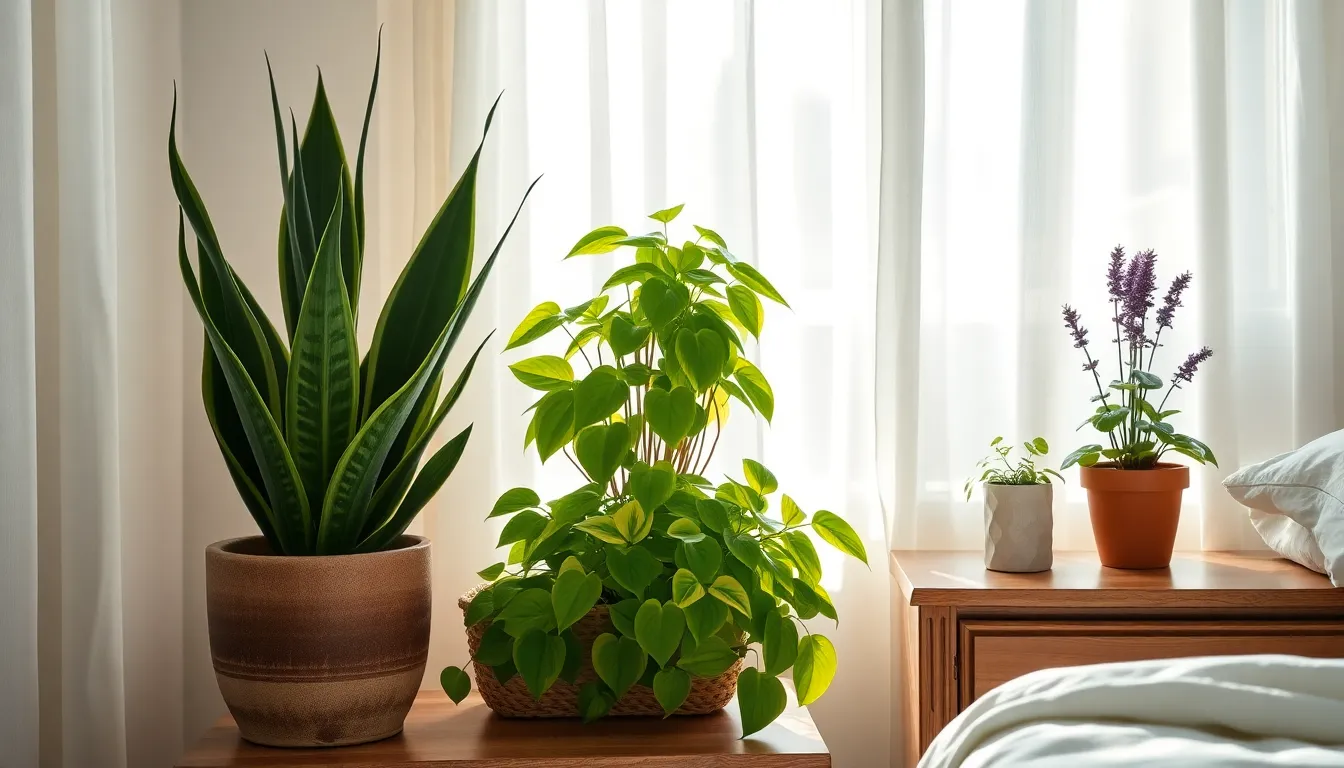John
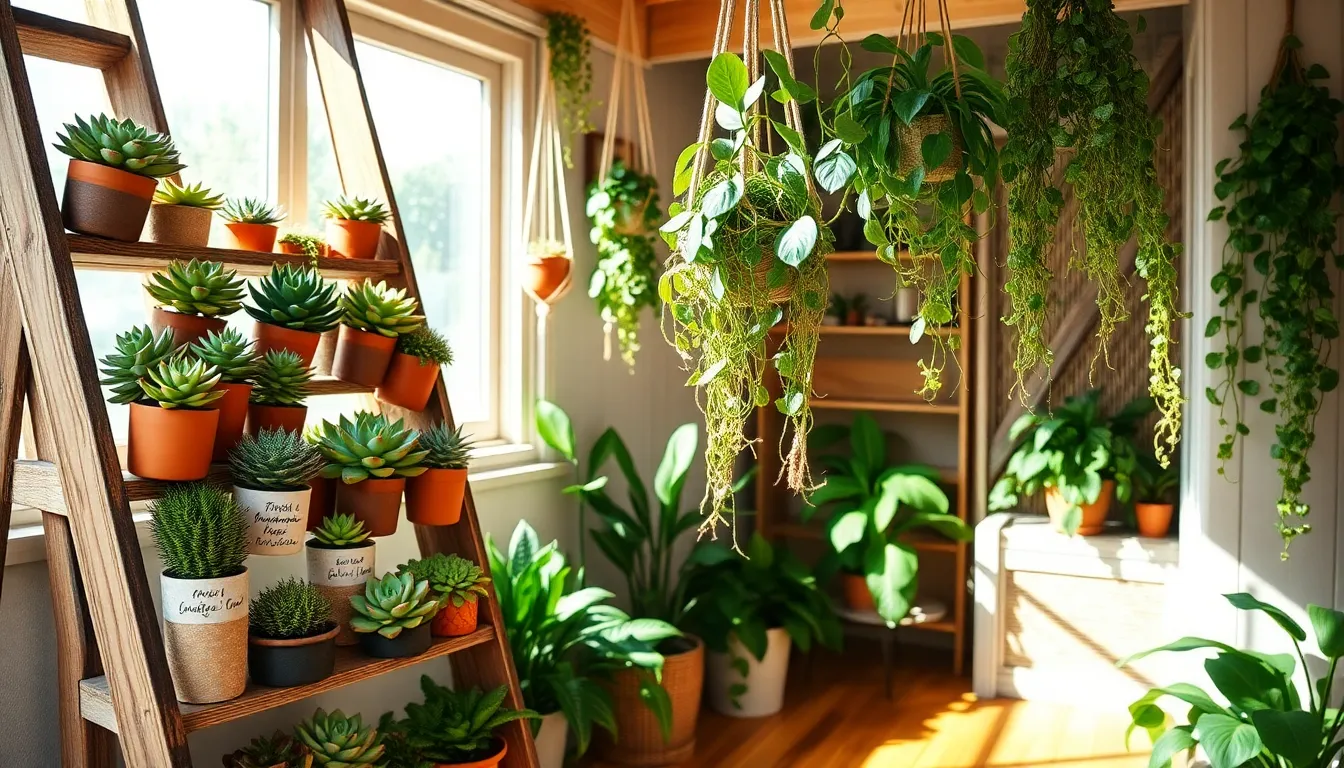
Indoor Garden Ideas for Tiny Homes
Welcome to “Indoor Garden Ideas for Tiny Homes,” where the magic of gardening meets the coziness of compact living. Whether ...
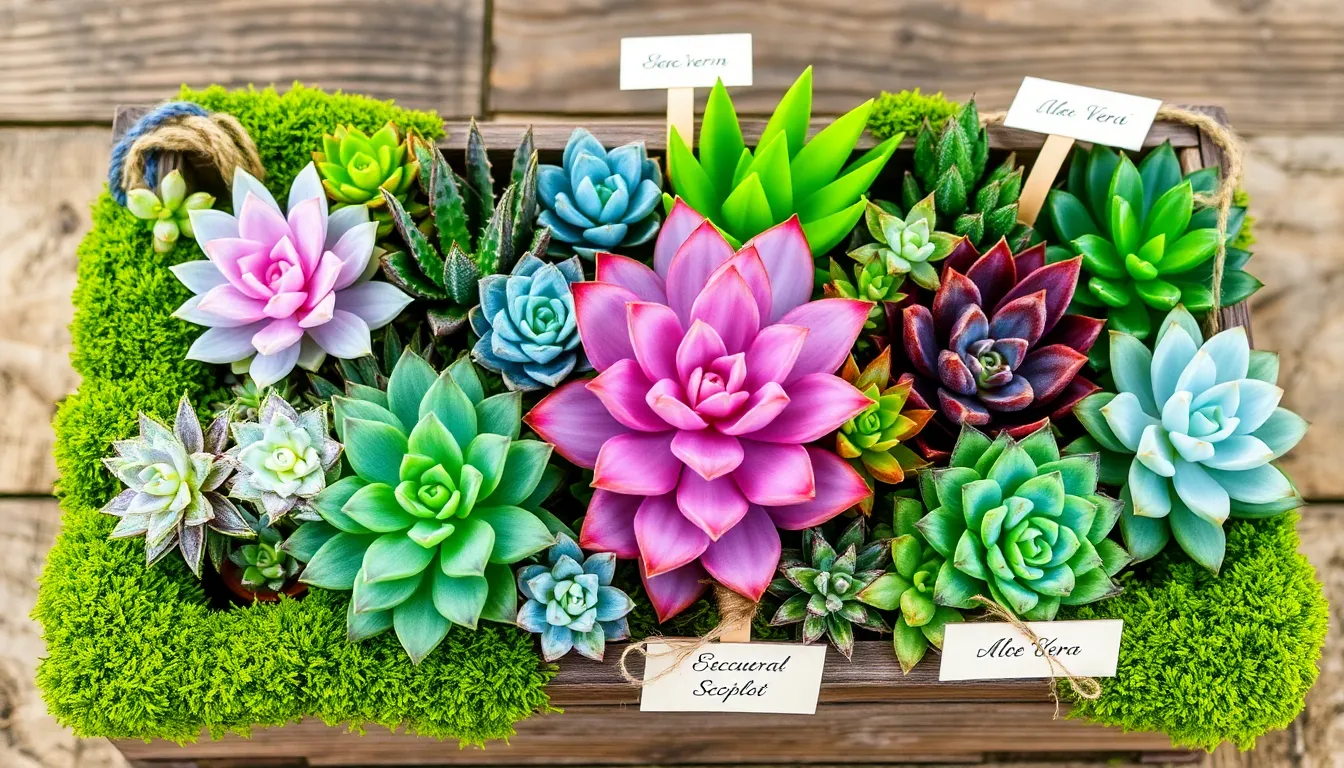
12 Beautiful Succulent Varieties to Grow at Home
Imagine transforming your home into a lush oasis with a medley of stunning succulents that captivate the eye and soothe ...
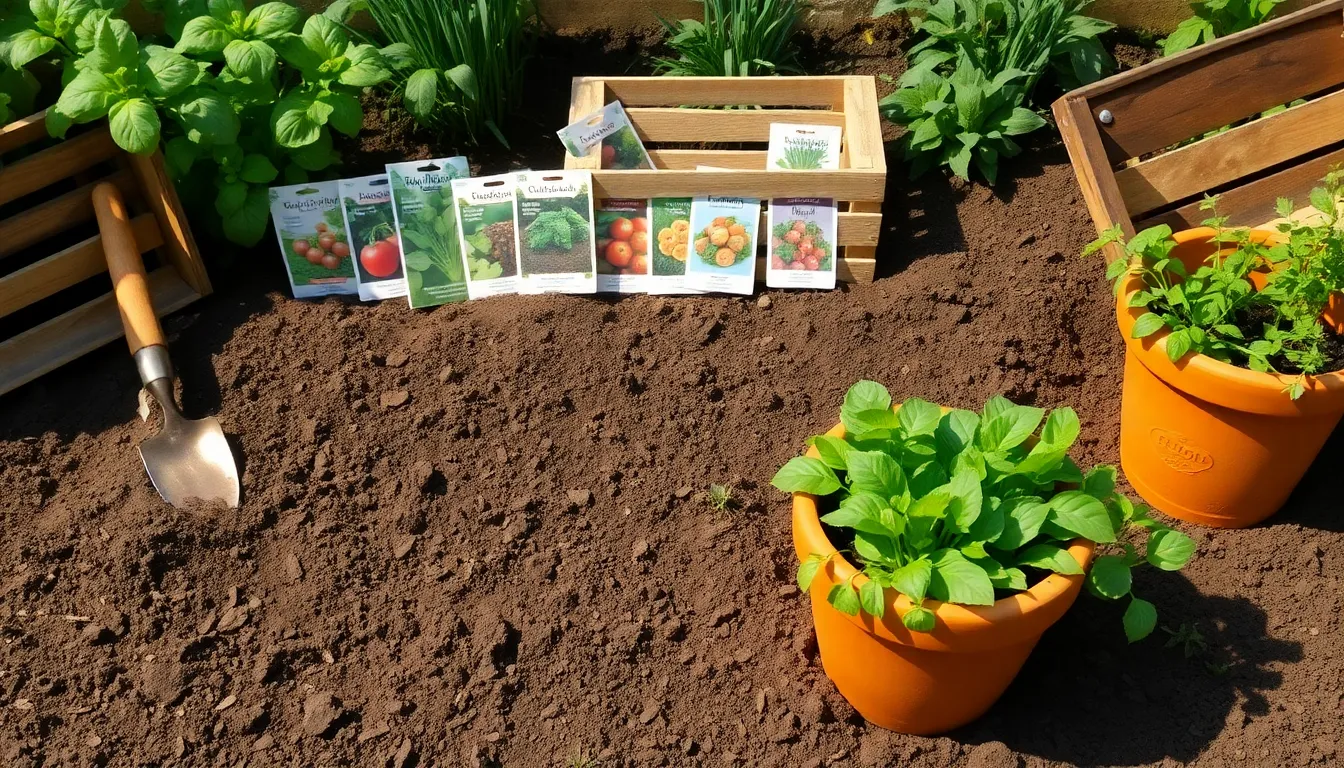
How to Start a Garden from Scratch
Embarking on the journey of starting a garden from scratch is like opening a new chapter in your connection with ...
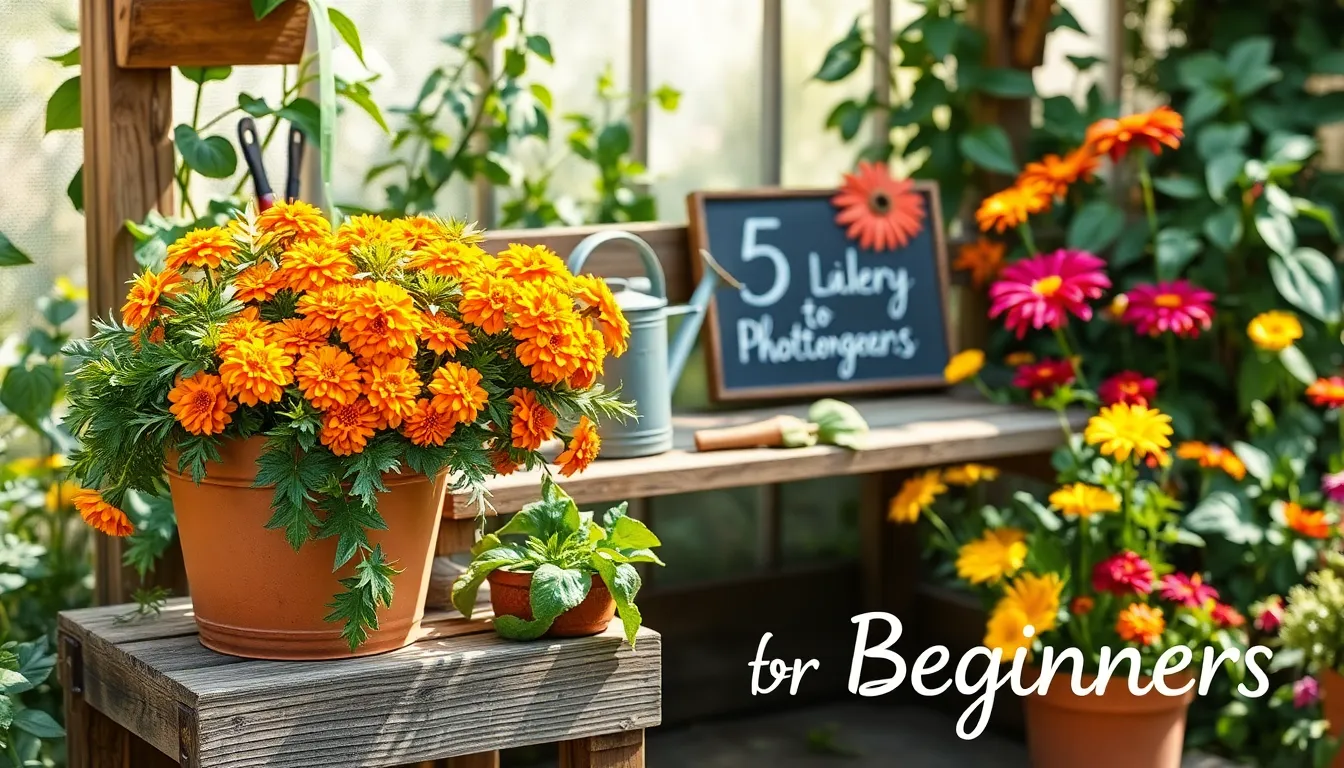
5 Easy-to-Grow Flowers for Beginners
Imagine stepping into your garden, a vibrant tapestry of colors greeting you as the sun peeks over the horizon. For ...
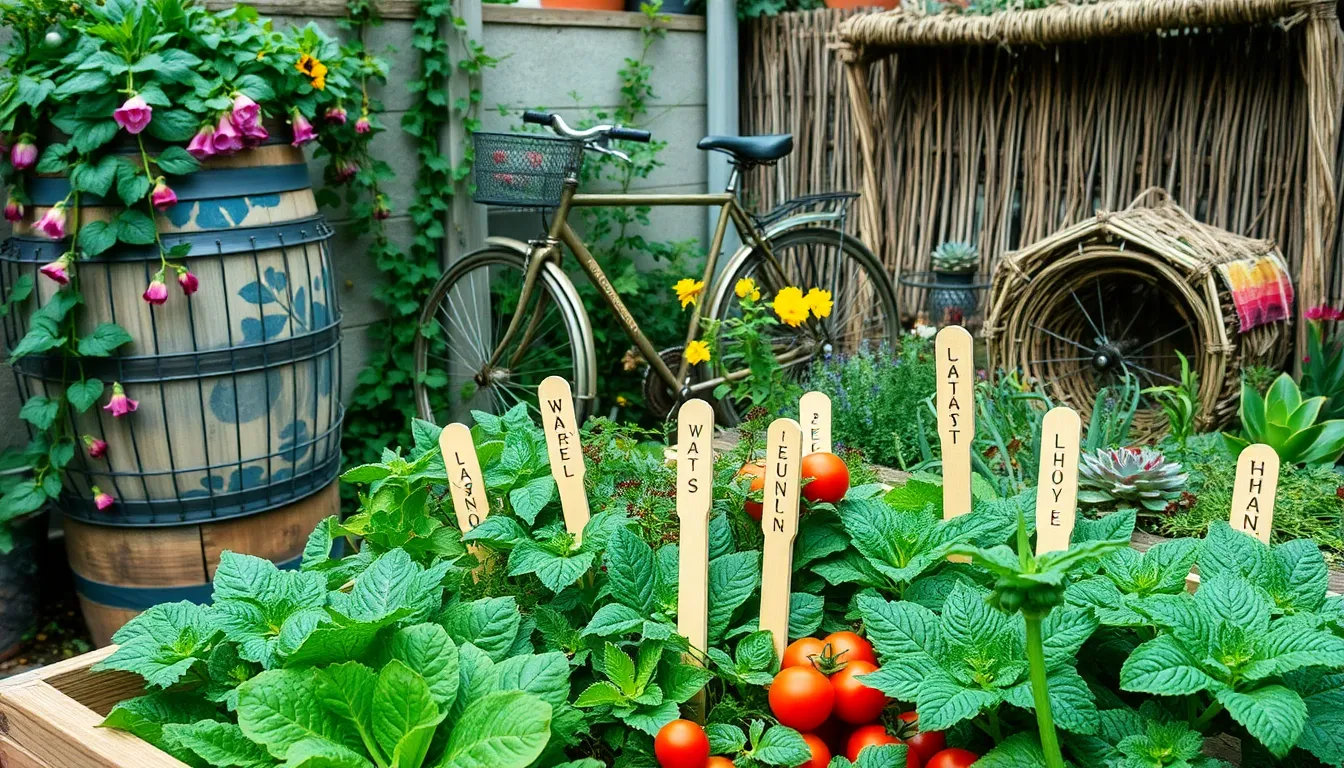
How to Make Your Garden More Sustainable
In a world that increasingly values sustainability, transforming your garden into an eco-friendly haven is both a rewarding and impactful ...
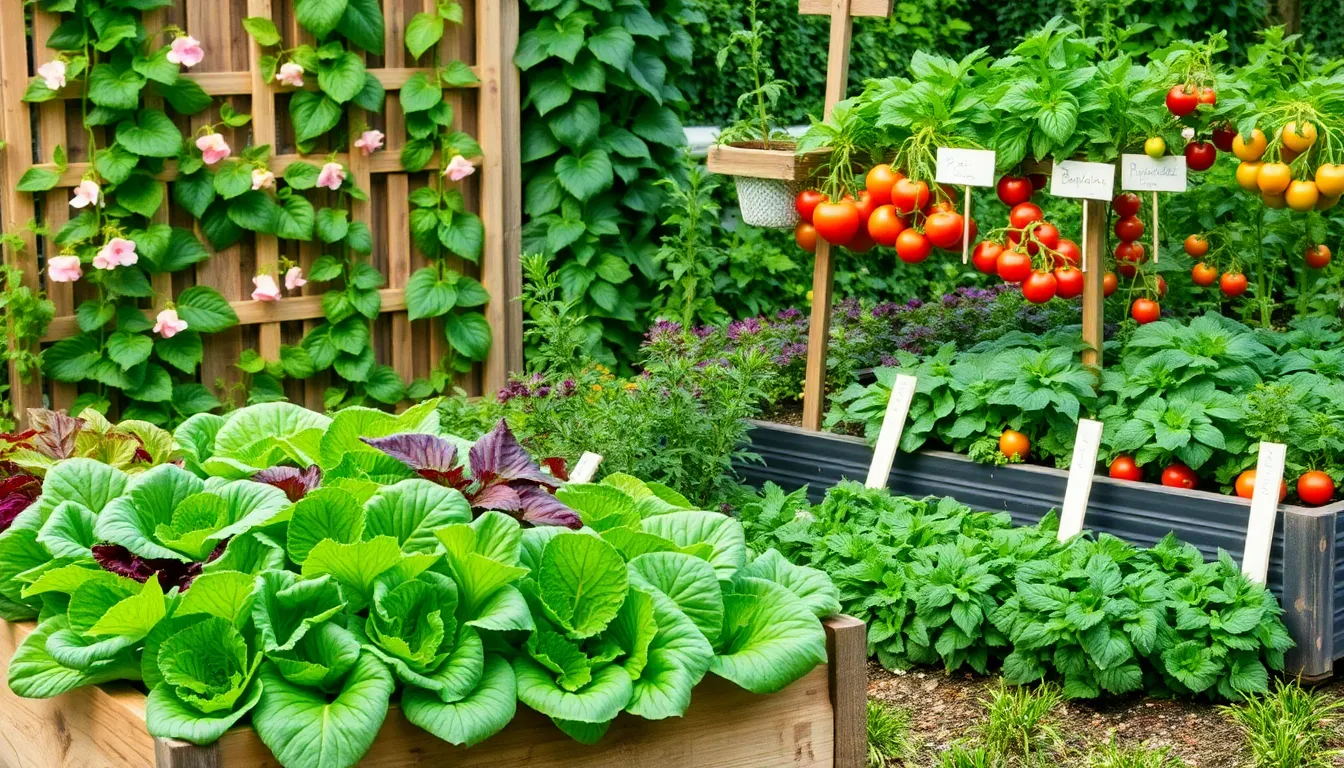
10 Best Plants for Edible Gardens
Imagine stepping into your kitchen and plucking fresh basil or a ripe cherry tomato from your own indoor garden—it’s an ...

How to Design a Beautiful Garden Pathway
Imagine stepping into your garden and being greeted by a pathway that not only guides your footsteps but also enhances ...
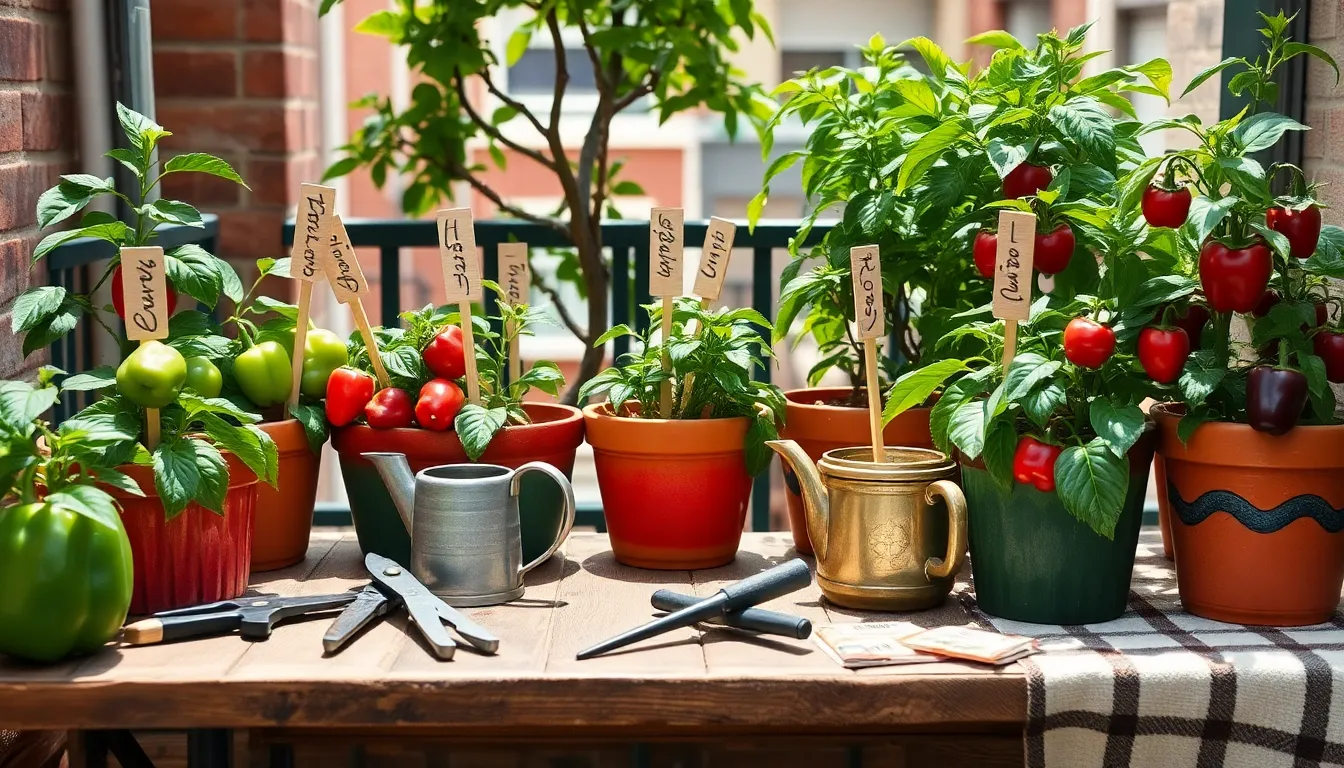
How to Grow Peppers in Small Spaces
Imagine biting into a freshly picked pepper, its vibrant flavor and crisp texture a testament to your gardening prowess. For ...
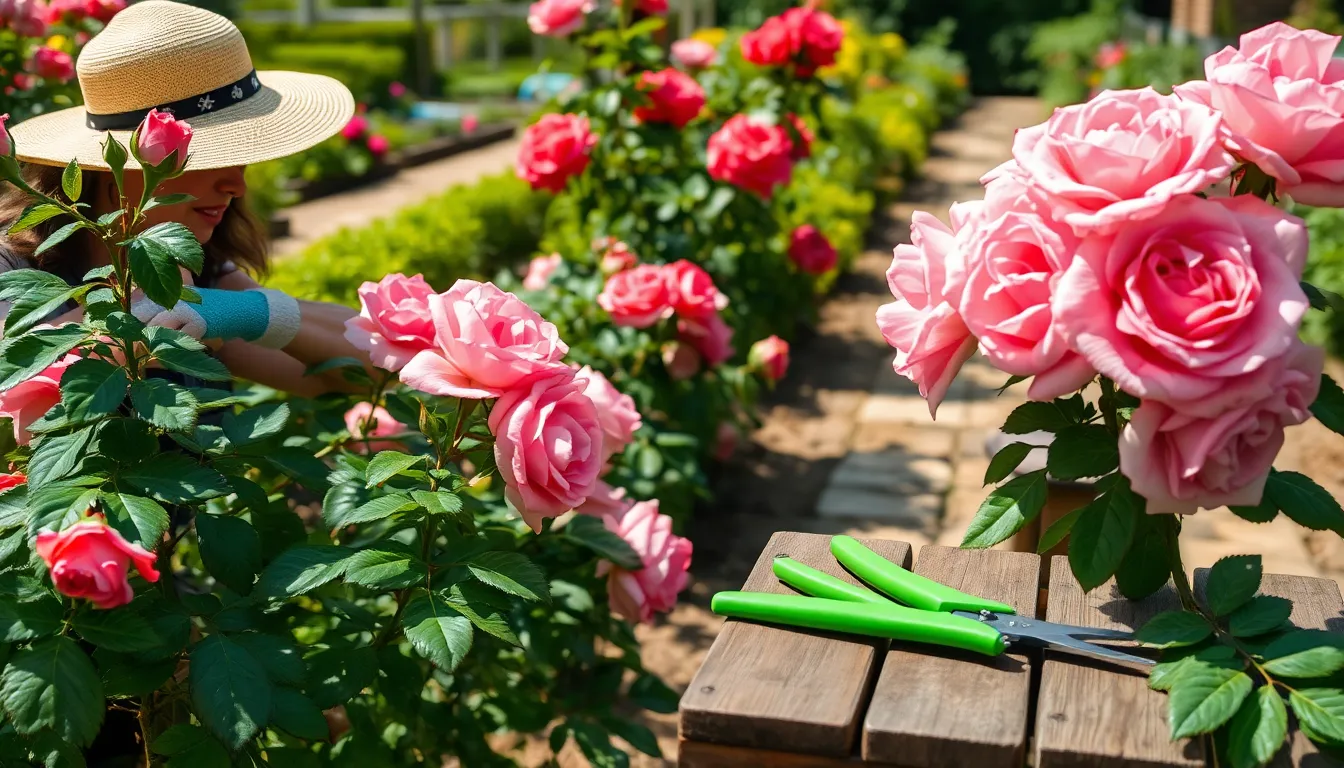
How to Prune Your Garden for Better Growth
Pruning is one of the most transformative practices you can undertake in your garden, whether you’re just starting your horticultural ...

